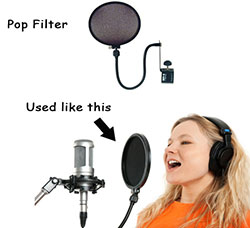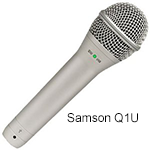Compression is one of the most misunderstood effects in audio recording. And though it is a very useful tool, you can easily harm your recordings with it if you’re not careful. So you really should know what an audio compressor is, and what it does.
What Does Compression Mean?
In audio recording, “compression” means – evening out the volume of your audio. But as simple as that sounds, it doesn’t clearly describe what is really going on. Let’s break it down.

Most sounds, especially the human voice, are loud sometimes, quiet sometimes, and just sort of “medium volume” most of the time. It’s totally natural for the loudness of a human voice to fluctuate a lot. It’s a huge part of how we communicate.
In fact, it would be downright unnatural is if there were no changes in volume. That’s how we tend to think robots sound. Heck, nowadays, what with Alexa and Siri, etc. even bots are made to sound more human by – among other things – varying the pitch and amplitude of the voice.
What Does Compression Do?
Take a look at this picture of a short vocal recording.

Notice that the first part is a sort of medium volume. Then the volume goes way down in the area marked “quiet part.” Then later, the volume gets really loud where it says “Loud part.” Here is what the above sounds like:
Audio Player
There are a couple of different problems here. First, whoever is listening will likely reach for a volume knob during the quiet parts to turn it up. But when the loud parts come, the listener will be reaching for the knob again to turn it down. We don’t want that.
So how do we fix it?
At first, we might be tempted to turn everything up so the quiet parts can be heard better. But we can’t do that because those loud parts have already spiked to the volume limit. You simply cannot turn the entire file up at this point. Any attempt to do it will cause those loud parts to distort terribly.
Well, what if we could turn ONLY the loud part down? That would allow us to turn EVERYTHING up, including the quiet parts. THAT is what an audio compressor would do.
However, what if I’m happy with the volume of everything that isn’t “quiet” or “loud”? I might not want EVERYTHING turned up. I might want to JUST turn up the quiet part and JUST turn down the loud part, leaving everything else alone.
While you COULD do this with a compressor effect. I like to to simply do it manually by selecting JUST the loud part and turning it down. Then select JUST the quiet part and turn it up.
Here is what the audio would look like if you did just that:

The volume of the audio has been evened out by quite a bit. I compressed this audio, though I did not use “a compressor.” The two benefits of having done this are:
- The listener probably will not need to reach for any volume knobs, and
- I can increase the volume of the entire file now without anything distorting. If you want to maximize the overall volume, you turn up the entire audio waveform until the loudest bits reach the upper limit (0 dB). That’s known as “normalizing” audio. See my article Audio Normalization: What Is It And Should I Care?
Here is what my (manually) compressed audio sounds like:
Audio Player
Note that even though the volume of the previously quiet and loud parts have been changed, the intensity of the vocal remains. You can still tell the quiet part is intending to be soft and whispery, while the loud part is intended to be shouted. That is another benefit of compression – you make the audio easier to hear and understand without necessarily damaging the dynamics of the speech.
Though it isn’t technically part of this article on audio compressors, I would typically “normalize” my audio at this point in a voice over job. That gives it a good chance of being well understood immediately without the listener having to turn their volume up. Here is what the compressed audio now sounds like after I normalized it (the whole thing is basically just louder):
Audio Player
You Said You An Audio Compressor Could Harm My Audio?
Yes, I did say that. A compressor has many settings that can be confusing, such as threshold, attack time, release time, etc. You can find out what those mean in my post and video here: Vocal Compression Using Reaper’s ReaComp Effect Plugin.
A compressor makes it convenient to automatically and quickly affect an entire audio file. But lots of things happen in the background that you should be aware of. For instance, if you compress all your audio and then automatically turn everything up afterwards (using “makeup gain”), you may easily bring up the volume of any little bit of noise that might have been inaudible before. So though the volume may be more even and louder overall, it might be noisier as well. Not good.
Also, compressor algorithms can cause certain “artifacts” in the audio if settings are too extreme. “S” sounds can become more pronounced, or muted, making it sound like you’re lisping. Another common issue is “pumping.” This is when the compressor is trying to quickly respond to the sudden starts and stops of vocal phrases, and makes it sound like the audio is almost rhythmically breathing or “pumping.”
More commonly, you can easily suck the life right out of your voice. If the volume is TOO steady with not enough variation, not only does it lose the ability to create nuanced communication, but it can get fatiguing to the listener. This might be OK for a 30-second hard-sell ad. But for an audio book, your listener will actively want to STOP listening after awhile. Again – no bueno.
Just for kicks, I put the above recording through an audio compressor plugin with some of the settings a bit too high. Here is what that sounds like:
Audio Player
You can hear some of that pumping I mentioned. The worst part is that the breaths are unnaturally loud and just weird sounding, like I’m gasping for breath. And there are noisy bits and other weirdness coming through. Ultimately, this does not sound natural. And honestly, I think it sounds pretty bad.
So hopefully, you now know what audio compression is, what it does, and how it could possibly harm your audio if you aren’t careful.
Should you use it in your voice over jobs? Well ask yourself a question first. Do you need it? Is there a chance the listener might want to adjust their volume a few times to hear soft parts or turn down loud parts. If so, you should use it. But if not, DO NOT use it. This logic should apply to any effect when recording voice overs. NEVER apply an effect without deciding first that you need that effect.
Now go record some awesome voice overs!
Here are some of my other articles on using compression:
Compression: What Needs It And What Doesn’t?
Improve Or Ruin Your Audio With an Effect Called Compression
Should You Use Compression In Audio Recording?
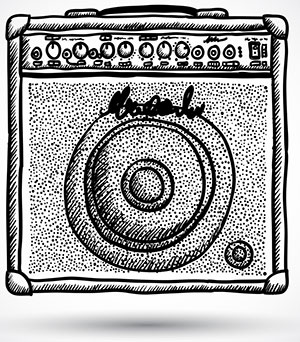 Did you know that Reaper had electric guitar “virtual amp” modelers? I didn’t :-P. There are several and they are included with Reaper – in the collection of plugins it comes with. The effect is a “JS” plugin (short for “
Did you know that Reaper had electric guitar “virtual amp” modelers? I didn’t :-P. There are several and they are included with Reaper – in the collection of plugins it comes with. The effect is a “JS” plugin (short for “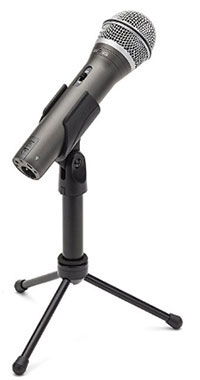

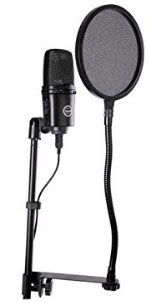
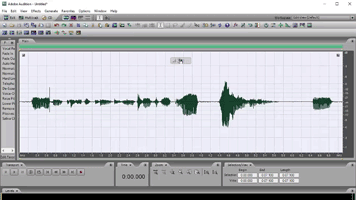 If you’ve heard the term “audio normalization,” or just anything like “you should normalize your audio?” you may well wonder “what the heck does that mean? Isn’t my audio normal? Do I have abnormal audio?” And you would be right to wonder that. Because the term is not really very self-explanatory. So what else is new in the audio recording world?
If you’ve heard the term “audio normalization,” or just anything like “you should normalize your audio?” you may well wonder “what the heck does that mean? Isn’t my audio normal? Do I have abnormal audio?” And you would be right to wonder that. Because the term is not really very self-explanatory. So what else is new in the audio recording world?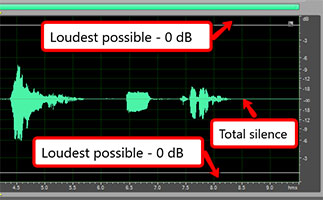
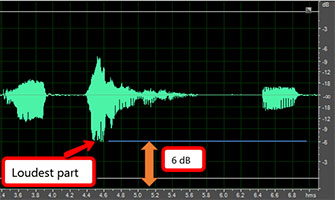
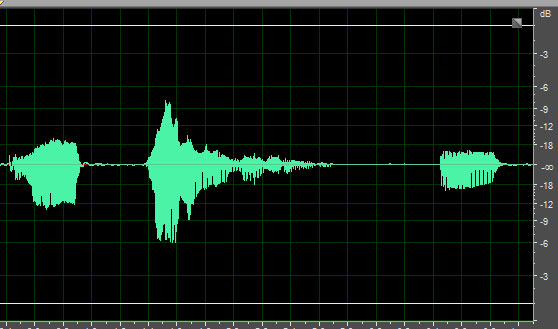
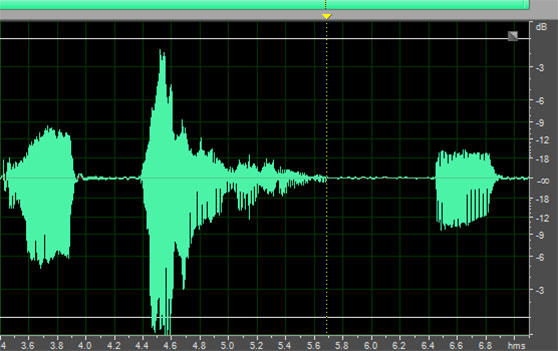
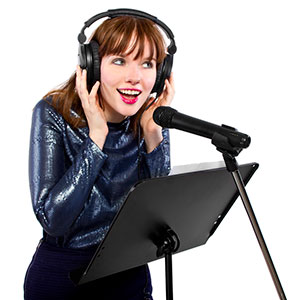 Voice over recording equipment is more powerful and more affordable than ever before in 2017. Unlike the needs for musicians, voice over actors need very little in order to produce professional sounding results from their
Voice over recording equipment is more powerful and more affordable than ever before in 2017. Unlike the needs for musicians, voice over actors need very little in order to produce professional sounding results from their 